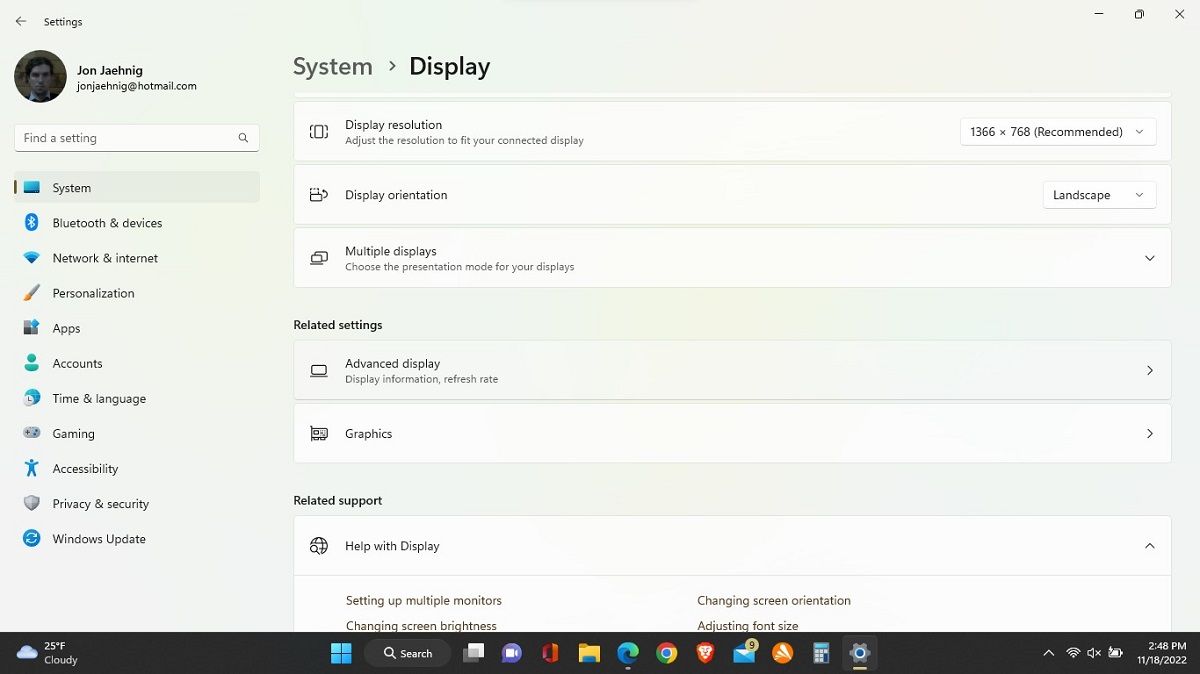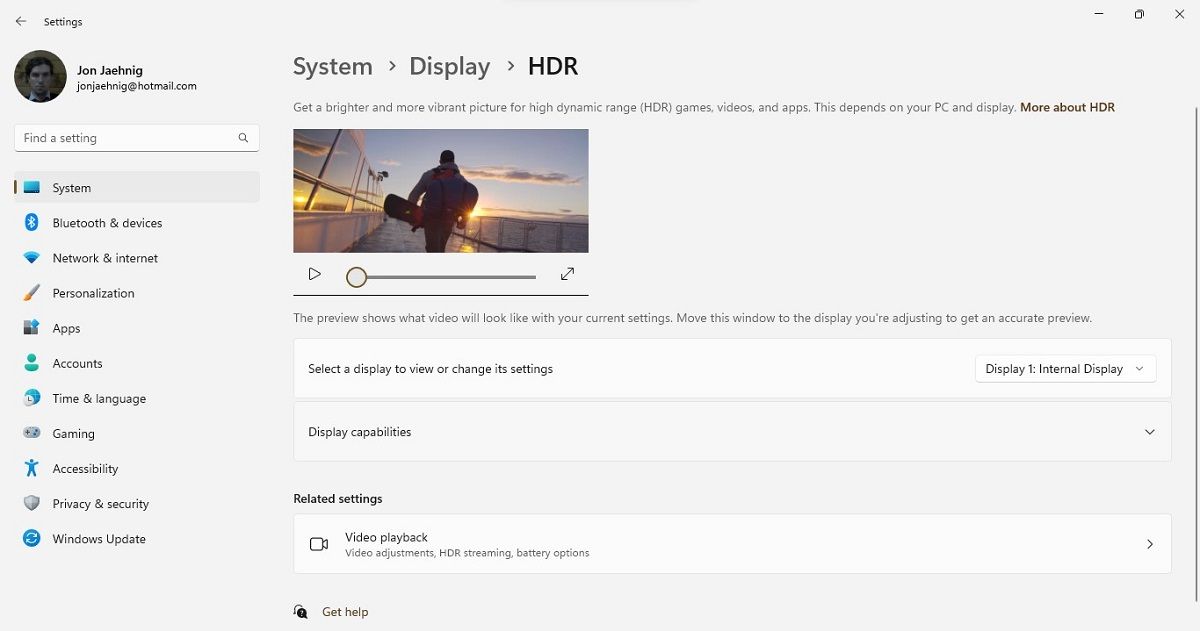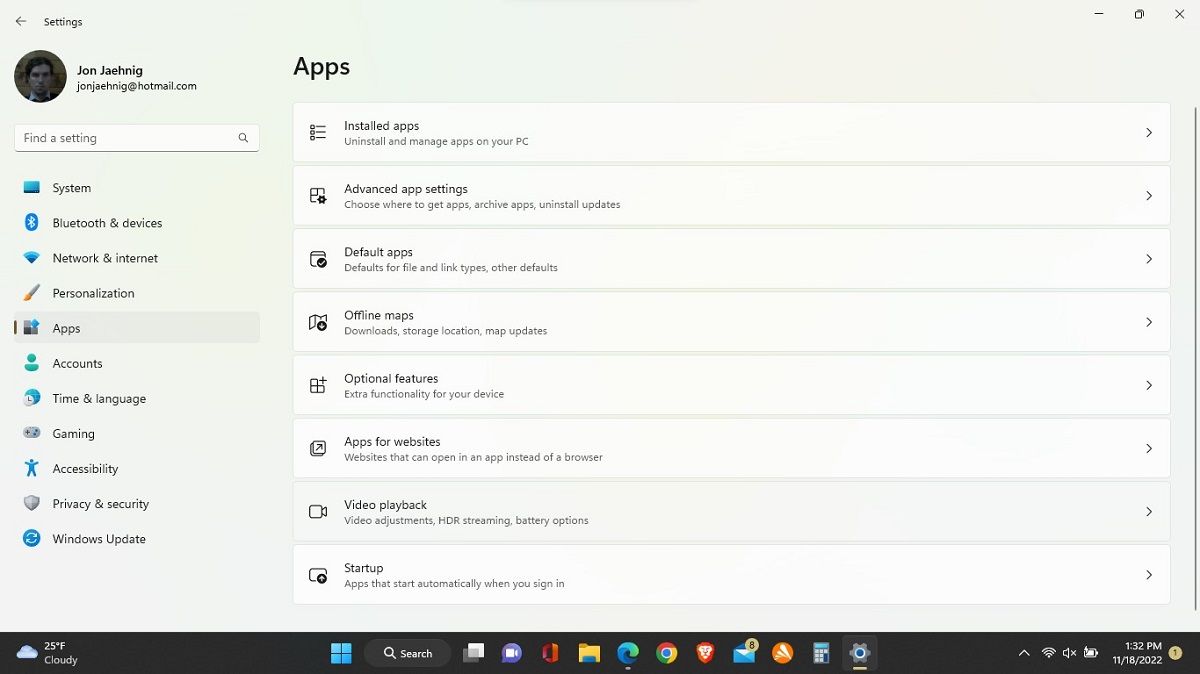Windows 11 offers Auto HDR, which has been the cause of great jubilation for some users. But for those unsure about what this means, what is Auto HDR, and why is it important?
Here’s everything you need to know about how to turn on Windows 11's Auto HDR feature, if it’s right for you, and a quick intro as to what Auto HDR is.
What Is Auto HDR on Windows 11?
“HDR” stands for “high dynamic range”. It’s a type of image and video capture and display that maintains image quality, particularly in shots where one item is much closer than another. This makes the image or video more realistic. Auto HDR is a setting on some devices and platforms that automatically enhances HDR-compatible content.
Does Windows 11 Have Auto HDR?
Windows' HDR feature enhances HDR-compatible videos and games when you play them. Windows 11 makes this process even easier with the inclusion of Auto HDR.
However, having Windows 11 does not automatically mean that you have access to Auto HDR. In fact, there are a lot of reasons you're not enjoying true HDR, even with an HDR-compliant monitor. Fortunately, you can check whether your display is HDR-compatible or not through the device settings.
- Click on the Windows button or on the Windows icon on your toolbar.
- Select Settings.
- From there, select Display, then Advanced Display.
- Under Display information a Color space field will either read "Standard dynamic range (SDR)" or "High dynamic range (HDR)." If it reads the latter, your PC can use HDR.
Even if your display is HDR-compatible, Auto HDR needs to be manually activated. If your display is not HDR-compatible, skip ahead to “Toggling Other Options Besides HDR,” as we include something else you can try.
Does Auto HDR Impact System Speed?
Whether Auto HDR impacts system speed is largely a matter of the content. For example, if video content or games are already HDR compatible, your computer’s HDR systems shouldn’t have much work to do.
Windows Auto HDR in games uses machine learning to ramp up the display of some older games, which will draw on the system a bit more. However, many newer games are already HDR-compatible and Auto HDR doesn’t force non-HDR video to upgrade. So, if you do notice a slower system, it will probably be while playing older games.
How to Turn On Auto HDR on Windows 11
Windows 11's Auto HDR feature needs to be manually activated. To do that, visit the Display menu as above. Under Brightness and color, select HDR. The first option is to Select a display to view or change its settings.
This opens a dropdown menu—though it may only have one entry if you only have one connected display. If you have multiple displays, use this tool to check them all individually. Watch out; if your monitors have different specs, some might support HDR while others might not.
Beneath that option, select the arrow icon on the Display capabilities tool to see toggle switches for HDR video streaming and Use HDR. Turn these to “On.” If your device is not HDR-compatible, it will say so here instead of giving you access to the toggle switches.
Toggling Other Options Besides HDR
If you still have the HDR page open, under the Related settings heading, you should see Video playback. You can also access this from Apps and then Video playback under the Settings menu. The top option is a toggle switch to process video automatically to enhance it. Toggle this to "On."
There’s a special video platform built into Windows 11, as covered on Microsoft Support. When other apps use it, this setting helps you get the most out of the display. For example, Netflix, Hulu, and other video streaming sites use it, so you can get better video quality on your Windows 11 device this way. Unfortunately, it doesn’t do anything for games.
HDR Is Still Relatively New on Windows
Not all media supports HDR and neither do all displays. Windows offering Auto HDR support at all is a boon for those that can use it, but a lot of us might still be locked out of this feature. However, HDR content and devices are becoming more and more prevalent.




